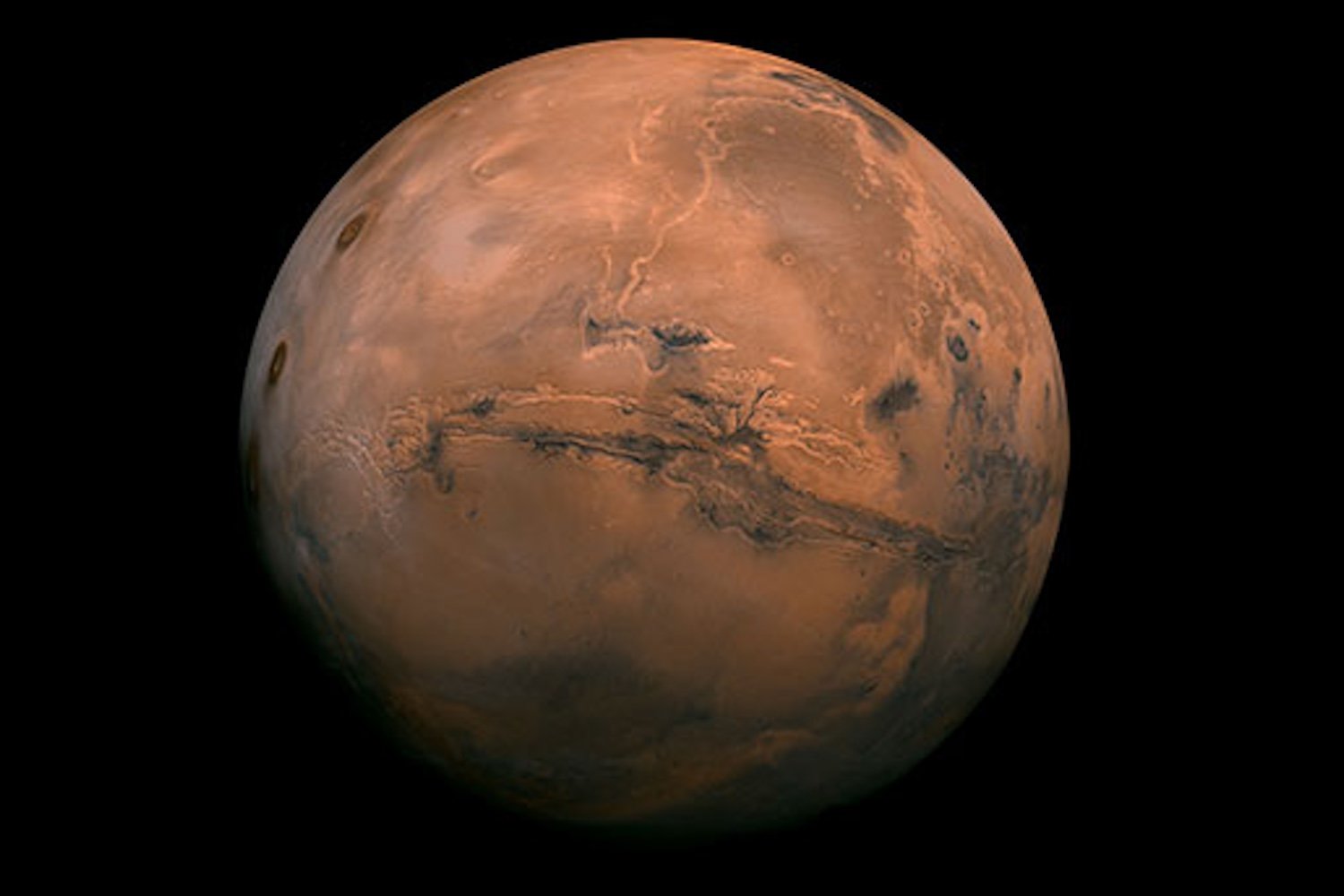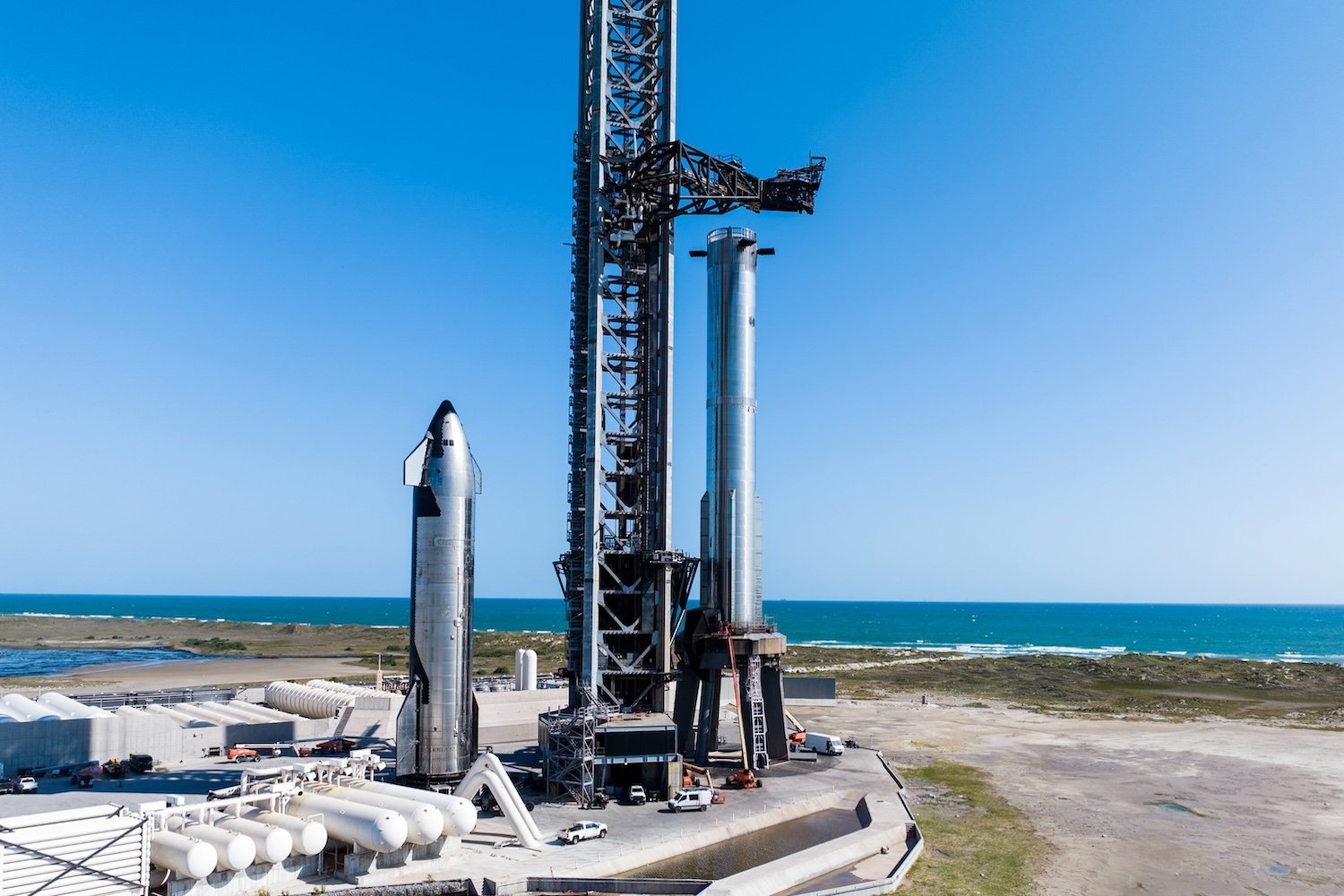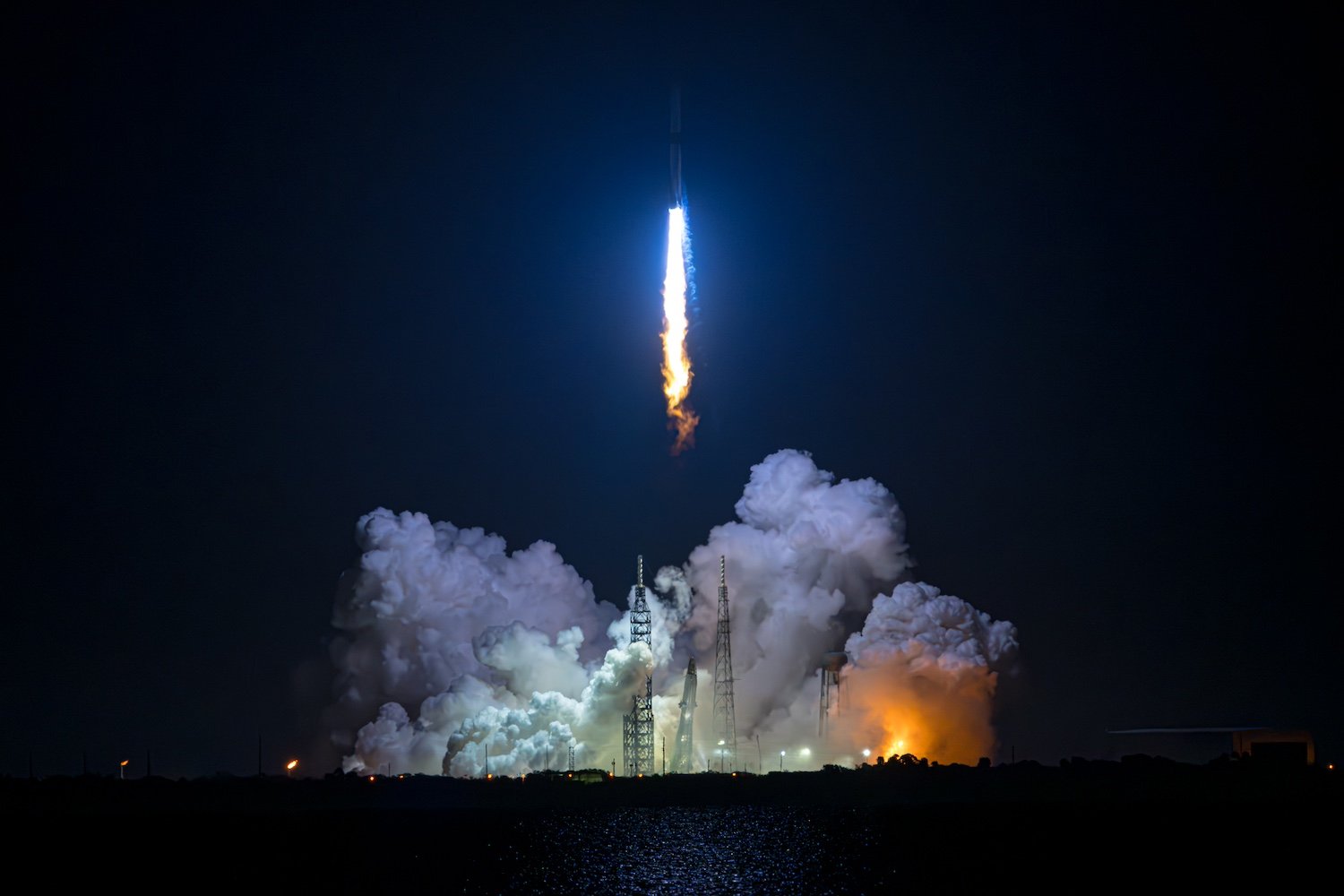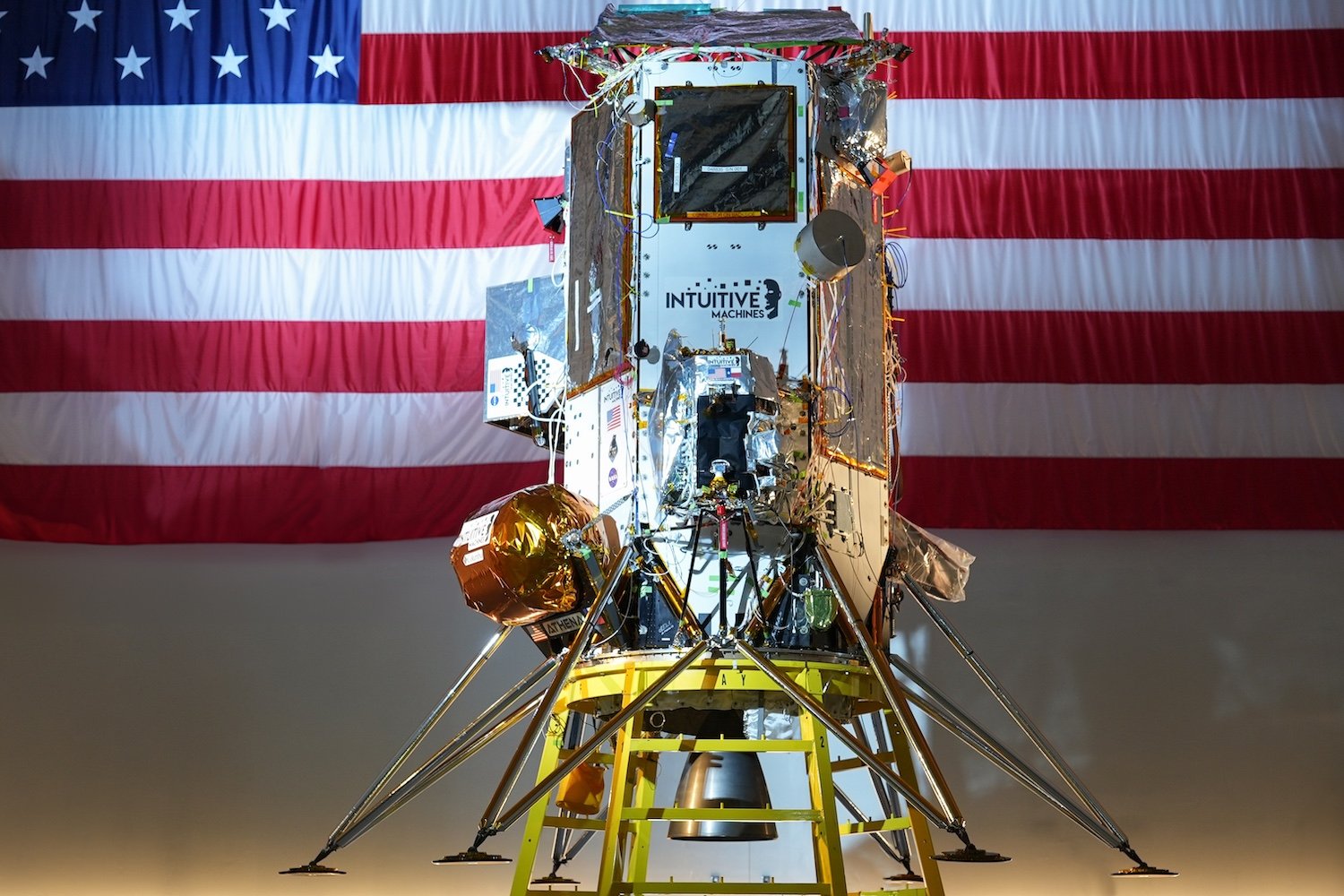A journey to Mars is a future possibility for astronauts, but current propulsion methods require a six to nine-month spacecraft voyage. Given spaceflight’s impact on the human body, this extended travel time poses significant challenges. A Russian rocket company, Rosatom, may have a solution: a new plasma electric rocket engine potentially capable of drastically reducing travel time.
Russian media reports suggest Rosatom scientists have developed a prototype plasma electric rocket engine that could propel a spacecraft to Mars in a mere 30 to 60 days. This hydrogen-fueled engine has the potential to revolutionize space travel. However, it’s in the early stages of development and likely years away from deployment in a human mission to Mars. Nevertheless, this technology may be the key to leaving human footprints on the Martian surface.
How Does a Plasma Rocket Engine Work?
Traditional rocket engines involve pumping liquid hydrogen fuel and liquid oxygen oxidizer into a combustion chamber, where ignition produces hot exhaust for propulsion. In contrast, a plasma rocket engine is an electric propulsion system utilizing two electrodes. A high voltage applied across these electrodes moves charged particles, generating a magnetic field that expels these particles, creating thrust. Egor Biriulin, a junior researcher at Rosatom’s scientific institute in Troitsk, explained this process to Russian newspaper Izvestia. The directed motion of the plasma generates the propulsive force.
Speed Comparison: Traditional vs. Plasma
Conventional fuel combustion rockets achieve a maximum matter flow velocity of approximately 2.7 miles per second (4.5 kilometers per second). The plasma engine, according to researchers, can accelerate charged particles to a remarkable 62 miles per second (100 kilometers per second). This significant speed increase translates to a dramatically shorter Mars journey, potentially lasting only one or two months.
Current Development and Testing
Currently, the prototype engine undergoes testing in a chamber simulating the conditions of space. While the rocket will initially use traditional chemical propulsion for launch, it will transition to electric propulsion once in orbit.
The Race to Mars
Russia isn’t alone in its pursuit of faster Mars travel. NASA recently announced a partnership with the Defense Advanced Research Projects Agency (DARPA) to develop a nuclear thermal rocket engine for reducing transit times to Mars. Simultaneously, SpaceX CEO Elon Musk has proposed using Starship for uncrewed Mars missions in 2026, with the first crewed mission potentially following four years later.
Conclusion
The new space age is witnessing a race to Mars. While challenges remain, the development of advanced propulsion systems like Rosatom’s plasma rocket engine offers a promising glimpse into a future where interplanetary travel becomes significantly faster and more efficient. This could open new possibilities for human exploration and scientific discovery beyond Earth.











